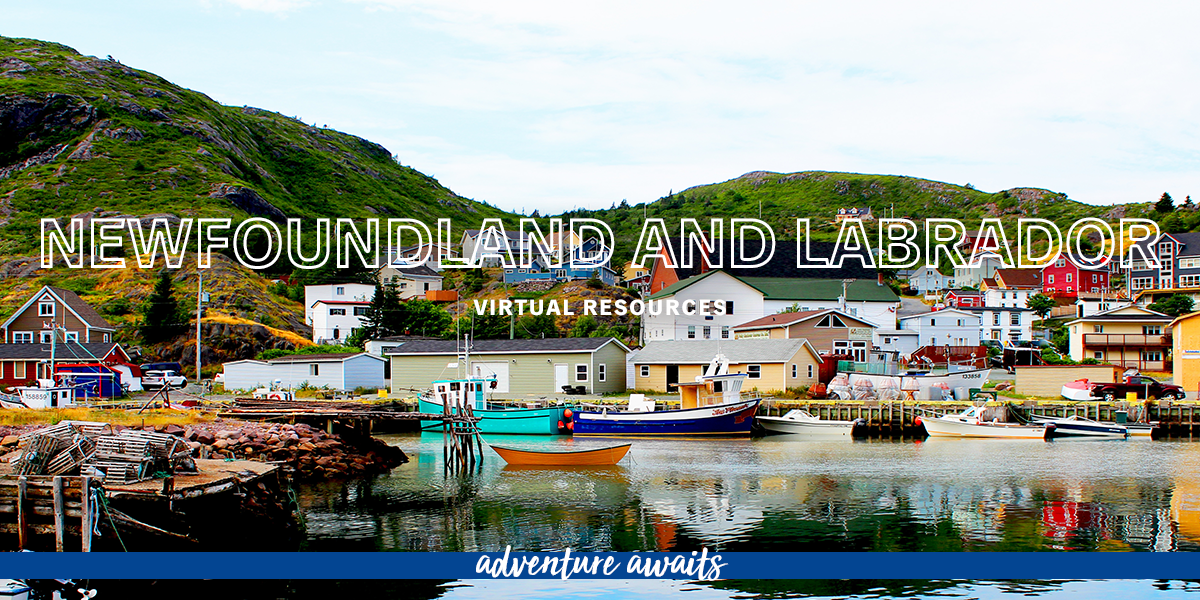Learn the province
Newfoundland and Labrador is home to one of the oldest coats of arms in Canada, dating back to 1638. The provincial flag is more recent, designed by Newfoundland artist Christopher Pratt and approved in 1980. The flag was based on etchings of the Beothuk and Innu peoples’ decorative pendants, and its overall resemblance is that of the Union Jack. However, the flag holds deeper symbolism with three blue pendants (representing the province’s close relationship with the sea) and a gold arrow that points towards a brighter future. When flown vertically, the sword honors those in military service from the province.
Study some history
Dive deep into the history of Newfoundland and Labrador and some sites you’ll visit on tour. Some sites like Castle Hill, where the remains of British fortifications can be seen, remind visitors of the strategic importance of Newfoundland’s early location not to just the English, but to the French as well.
Get creative
Organize your art supplies and get painting! Pick a location you’ll visit on your trip and compare your artwork to photos of the location when you return. Consider painting Gros Morne National Park, a recognized UNESCO World Heritage site. This park is dotted with windswept beaches, towering fjords, and imposing mountains–the only challenge is deciding which to paint!
Pick a film
Watch a movie or TV show that was filmed in (or relates to) your destination. Some ideas for Newfoundland and Labrador include:
- You are Here (2018)
- The Grand Seduction (2013)
- Braven (2018)
Understand the culture
Discuss any relevant cultural aspects, including professional sports and famous players, notable residents of Newfoundland and Labrador, and any foods the province is known for. Then, delve into the culture of this province by sleeping in a lighthouse keeper’s residence in Labrador or trying to catch a cod in Cox’s Cove.
Examine the economy
Newfoundland and Labrador’s main source of employment and income was the fishing industry until roughly the 1940’s. The main industries today are mining, manufacturing, fishing, pulp and paper, and hydroelectricity.
Master the language
Newfoundland is known for its accent, dialect, and unique sayings. Newfoundland English, or Newfinese as we know it today, was influenced by settlers from England, Scotland, Ireland, and France. Indigenous dialects and words are still found in Newfoundland English—for example, a local word for a kind of sled is called a “tabanask.”
Did you know?
St. John’s in Newfoundland is closer to the west coast of Ireland than it is to Winnipeg, Manitoba.

